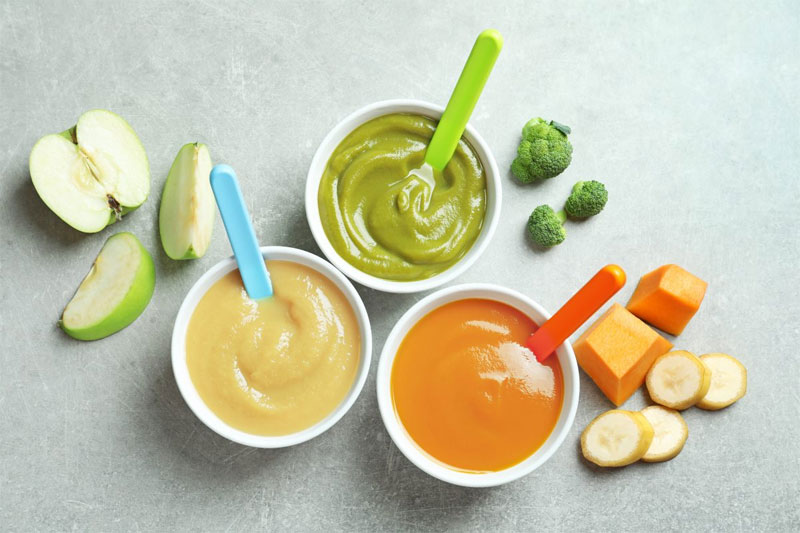Mindblown: a blog about philosophy.
-
Bacterial count
The number of bacteria of all types present in one gram/one millilitre of food, determined by actual counting under magnification, after suitable plating and culturing.
-

Baby food
General description covering foods designed for babies from birth till about 2 years of age.
-
Avidin
A protein found in egg white which combines with the vitamin biotin in the intestine thus making it unavailable to the body; cooking will inactivate the avidin. A proteinlike substance isolated from egg white; an antagonist of biotin. A glycoprotein found in raw egg white that binds biotin rendering this vitamin unavailable to the consumer.…
-
Available Lysine
The fraction of lysine present in a protein which is assimilable by the human body; lysine carries a reactive end-amino group which during heating tends to bind with hydroxy groups, for example, those present in carbohydrates, thus reducing lysine availability.
-
Anti vitamin
A substance which may inactivate, interfere with or destroy a vitamin.
-
Anti-tryptic activity of foods
This describes factors present in certain foodstuffs, like soyabeans and DALS, which reduce digestion of protein in the duodenum ( upper intestine ) by hindering the action of enzyme trypsin; destroying these factors by moist cooking enhances the protein value of the foodstuff.
-
Acidity of stomach
Production of hydrochloric acid in the stomach resulting in a burning sensation; excessive production constitutes hyperacidity. The lowered pH of the gastric contents, due to hydrogen ion release by parietal cells.
-
Acidity of flours
Level of acidic material developed in the fat component of foods like cereal flours, blended flours and the like, determined in the alcohol or water extract of the material.
-
Acidity of fruits
Acidity is the level of acids in fruits. Many fruits contain acids of which malic acid and citric acid are the most common ( citrus fruits, beetroot, pumpkin, cucumber ). Oxalic acid is present in many foods, particularly in green leafty vegetables ( spinach, amaranth ), in certain fruits ( green plantain, AMLA, PHALSA )…
-
Acidity of fat or extracted fat
Level of free fatty acids developed in a fat as a result of breakdown of triglycerides by enzyme action or moisture.
Got any book recommendations?